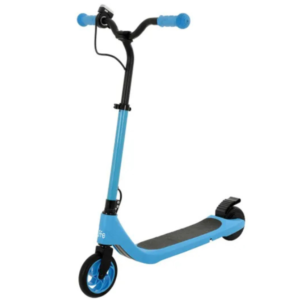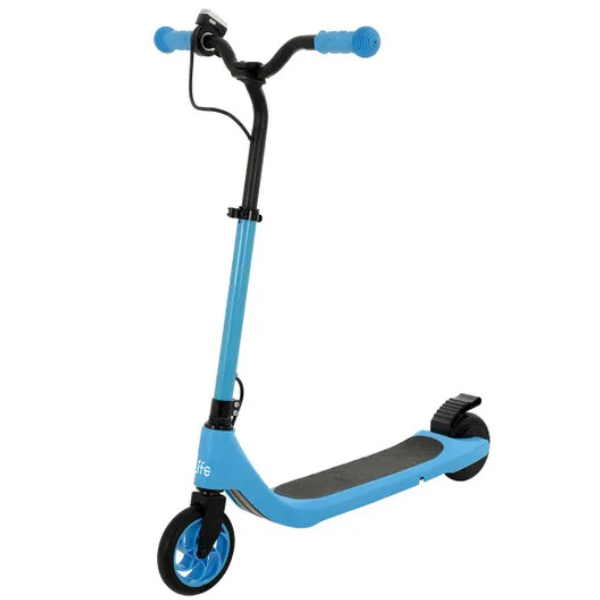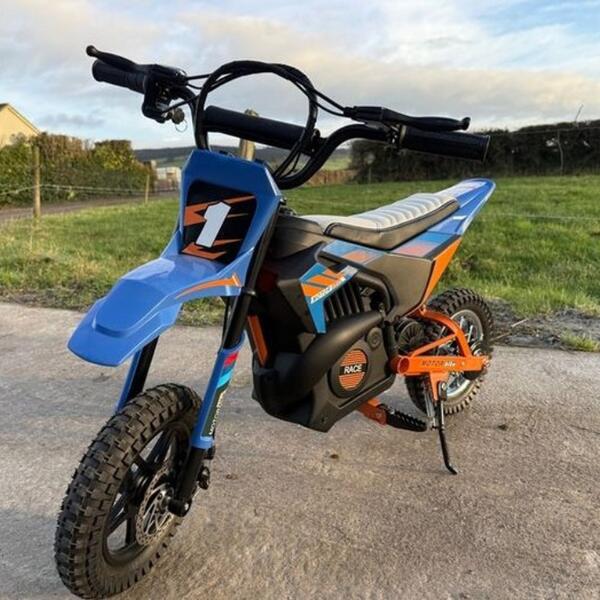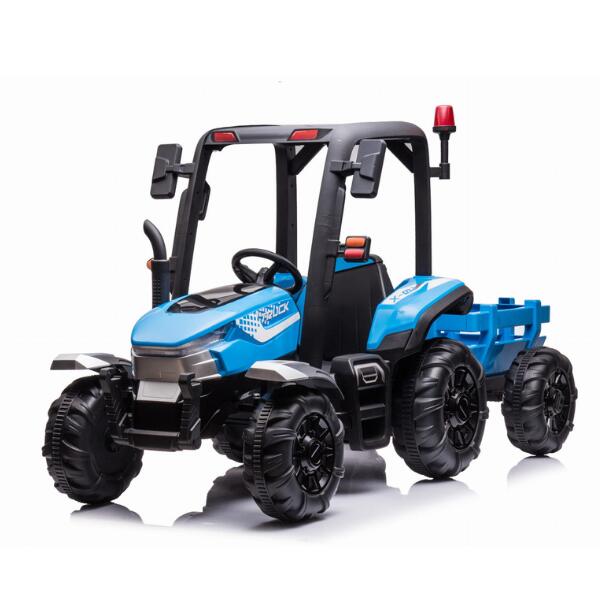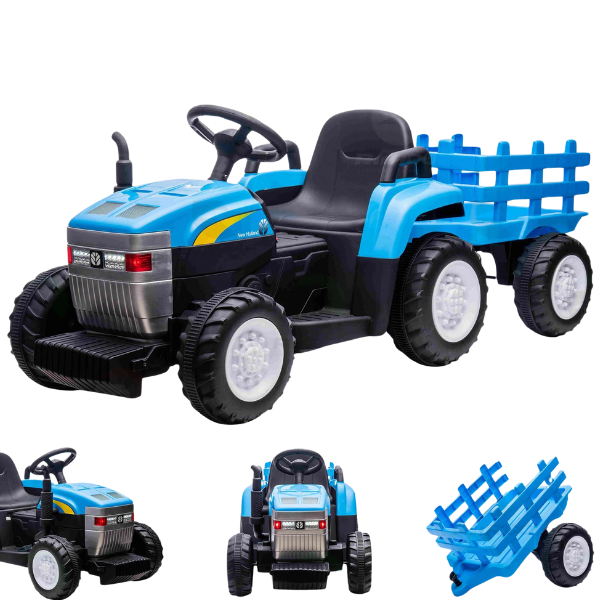Frequently asked questions
What's the right age for an electric ride-on, and how do I choose the correct size/power?
- Age: Ride-ons are generally categorized by age. Smaller, slower 6V models are often suitable for toddlers (1-3 years), while 12V and 24V models are for older preschoolers and elementary schoolers (3-8+ years). Always check the manufacturer’s recommended age and weight limits.
- Power (Voltage):
- 6V: Slower, single speed, ideal for younger kids on flat surfaces.
- 12V: More common, offers better speed and power, often with two speeds (forward/reverse), suitable for slightly varied terrain.
- 24V: The most powerful, offering higher speeds and capabilities for tackling grass or slight inclines, best for older, more experienced children.
- Size: Ensure your child can comfortably reach the pedals and steering wheel, and has enough legroom. They shouldn’t be too cramped or too stretched out
Are they safe? What precautions should I take?
Yes, when used correctly, they are generally safe. However, supervision and precautions are vital:
- Always Supervise: Never leave a child unattended while operating a ride-on.
- Helmets: Always ensure your child wears a properly fitted helmet, just like on a bicycle.
- Appropriate Terrain: Use on flat, paved surfaces or short grass. Avoid public roads, busy sidewalks, steep inclines, or rough, uneven terrain.
- Weight & Age Limits: Strictly adhere to the manufacturer’s guidelines.
- Safety Belt: Always buckle up!
- Check Before Play: Inspect the vehicle for any loose parts, worn tires, or charging issues before each use.
- No Overloading: Only allow the number of passengers the vehicle is designed for.
How long does the battery last, and how do I charge and maintain it?
- Battery Life: Playtime typically ranges from 45 minutes to 2 hours on a full charge, depending on the battery’s voltage, terrain, and usage.
- Charging: Most require 8-12 hours for a full charge. Always use the original charger and follow the manufacturer’s instructions to prevent overcharging.
- Maintenance:
- Battery Care: Charge the battery fully before its first use. Store the ride-on with a fully charged battery, and charge it monthly even during storage to prolong its life.
- Cleaning: Wipe down with a damp cloth; avoid harsh chemicals or hosing down the electrical components.
- Storage: Store indoors or in a dry, protected area to prevent weather damage to electronics and plastics.
- Tires: Check for wear and tear, especially on plastic wheels.
- Connections: Periodically check battery terminals and wiring for corrosion or loose connections
My ride-on isn't working/moving. What should I do?
Don’t panic! Here are common troubleshooting steps:
- Check Battery Charge: Is it fully charged?
- Reset Fuse: Many ride-ons have a thermal fuse that trips to prevent electrical damage. Check your manual for its location and how to reset it (usually a small button).
- Check Connections: Ensure all battery terminals and motor connections are secure and free of corrosion.
- Confirm Switches: Are all switches (on/off, speed, forward/reverse) in the correct position?
- Parental Remote: If applicable, ensure the remote is charged and properly paired, and that the child isn’t accidentally overriding primary controls.
- Read the Manual: It’s your best friend for specific model issues and repair guidance. If these steps don’t work, contact the manufacturer’s customer service.






